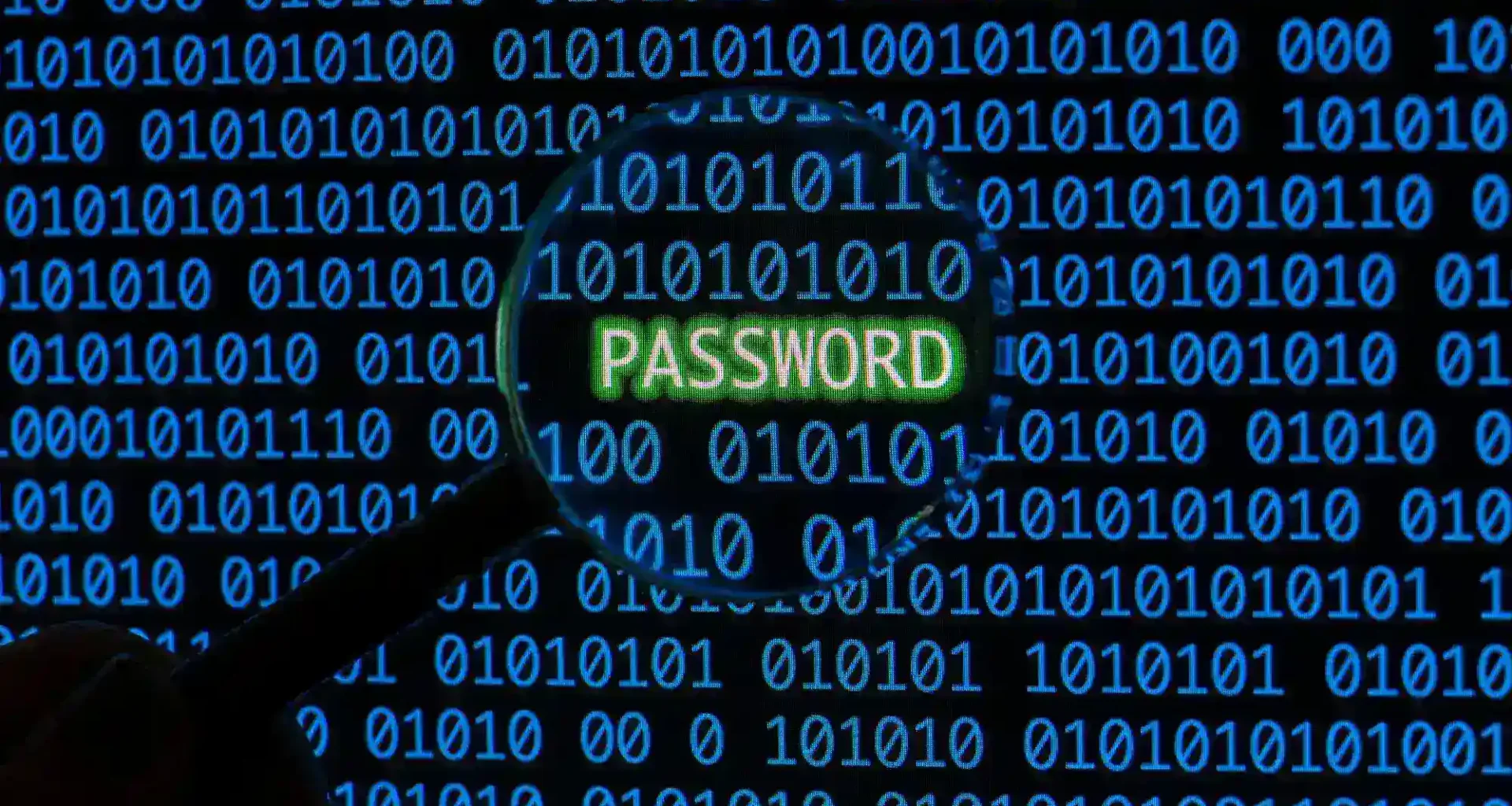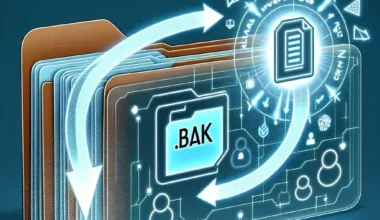Our phones are our lifelines – containing our contacts, photos, and access to the digital world. But with this convenience comes a vulnerability: the constant threat of data breaches and privacy invasions. This article tackles the crucial topic of phone security, offering tips and strategies to protect your number and safeguard your digital identity.
Importance of Protecting Phone Numbers
The importance of protecting phone numbers cannot be overstated in today’s digital landscape. Phone numbers serve as a crucial piece of personal information, often acting as a gateway to various online accounts and services. Hackers and cybercriminals constantly seek to exploit this information for malicious purposes, including identity theft, financial fraud, and unauthorized access to sensitive data.
Moreover, phone numbers are frequently used as a means of authentication for account verification and two-factor authentication (2FA). If compromised, they can provide attackers with a foothold to bypass security measures and gain unauthorized access to accounts, leading to potential data breaches and financial loss.
Risks Associated with Unsecured Phone Numbers
- Identity Theft:
- Cybercriminals can use stolen phone numbers to impersonate individuals and gain access to their accounts or personal information.
- Identity theft often leads to financial fraud, where hackers exploit stolen identities to make unauthorized purchases or apply for loans in the victim’s name.
- Spam Calls and Texts:
- Unsecured phone numbers are more susceptible to being harvested by spammers and telemarketers.
- Individuals may receive an influx of unsolicited calls and text messages, disrupting their privacy and potentially exposing them to scams or phishing attempts.
- Phishing Attempts:
- Hackers may use unsecured phone numbers as part of phishing schemes to trick individuals into divulging sensitive information.
- Phishing attacks via text messages (smishing) or phone calls (vishing) often exploit trust or urgency to deceive victims into providing personal or financial details.
By understanding these risks, individuals can take proactive steps to secure their phone numbers and mitigate the potential consequences of falling victim to cyber threats.
Strategies for Protecting Phone Numbers
| Strategy | Description | Importance |
| Use of Two-Factor Authentication | Enable 2FA wherever possible to add an extra layer of security to your accounts. | High |
| Avoiding Public Wi-Fi Networks | Refrain from connecting to public Wi-Fi networks, which may be vulnerable to interception and hacking attempts. | Medium |
| Being Cautious with Sharing Phone Numbers | Be selective about who you share your phone number with, especially online or on social media platforms where it can be easily accessed by strangers. | High |
| Regularly Updating Security Software | Ensure that your device’s operating system and security software are kept up to date to patch vulnerabilities and protect against emerging threats. | High |
- Use of Two-Factor Authentication:
- Enable 2FA wherever possible to add an extra layer of security to your accounts.
- 2FA typically requires you to provide a second form of verification, such as a code sent to your phone, in addition to your password.
- Avoiding Public Wi-Fi Networks:
- Refrain from connecting to public Wi-Fi networks, which may be vulnerable to interception and hacking attempts.
- Cybercriminals often target public Wi-Fi hotspots to intercept data transmitted over unsecured connections.
- Being Cautious with Sharing Phone Numbers:
- Be selective about who you share your phone number with, especially online or on social media platforms where it can be easily accessed by strangers.
- Avoid posting your phone number publicly, and consider using alternative methods of communication for privacy-sensitive interactions.
- Regularly Updating Security Software:
- Ensure that your device’s operating system and security software are kept up to date to patch vulnerabilities and protect against emerging threats.
- Regular updates help to address known security flaws and minimize the risk of exploitation by cyber attackers.
Implementing these strategies can significantly enhance the security of your phone number and reduce the likelihood of falling victim to cyber threats.
Importance of Secure Communication Channels
Secure communication channels play a critical role in safeguarding sensitive information exchanged between individuals and organizations in today’s interconnected world. With the proliferation of digital communication platforms, ensuring the confidentiality, integrity, and authenticity of transmitted data has become paramount. Here’s why secure communication channels are essential:
- Protection of Sensitive Information: Secure communication channels encrypt data in transit, preventing unauthorized access or interception by malicious actors. This encryption ensures that sensitive information, such as personal details, financial transactions, and confidential business communications, remains protected from eavesdropping or tampering.
- Mitigation of Cyber Threats: By using secure communication protocols, individuals and organizations can mitigate the risk of various cyber threats, including man-in-the-middle attacks, data breaches, and information theft. Secure channels help thwart attempts by hackers to intercept, manipulate, or exploit transmitted data for nefarious purposes.
- Preservation of Privacy: Secure communication channels uphold individuals’ privacy rights by safeguarding the confidentiality of their conversations, emails, and other digital interactions. This ensures that sensitive personal and professional information remains confidential and inaccessible to unauthorized entities, preserving user privacy and confidentiality.
- Trust and Confidence: Utilizing secure communication channels fosters trust and confidence among users, customers, and business partners. Knowing that their communications are protected instills confidence in individuals and organizations, encouraging them to share information and conduct transactions securely without fear of compromise or unauthorized access.
- Compliance with Regulations: In many industries, regulatory requirements mandate the use of secure communication channels to protect sensitive data and ensure compliance with privacy and security regulations. Adhering to these standards not only helps avoid legal repercussions but also demonstrates a commitment to data protection and customer confidentiality.
In summary, the importance of secure communication channels cannot be overstated in today’s digital landscape. By prioritizing the adoption of secure protocols and encryption mechanisms, individuals and organizations can protect sensitive information, mitigate cyber threats, uphold privacy rights, foster trust, and ensure compliance with regulatory requirements.
Understanding Caller ID Spoofing
Understanding caller ID spoofing is crucial in today’s digital era where phone scams and fraudulent activities have become increasingly prevalent. Caller ID spoofing is a technique used by cybercriminals to manipulate the caller ID information displayed on a recipient’s phone, making it appear as though the call is coming from a trusted source or familiar number. This deceptive practice can trick individuals into answering calls they would otherwise ignore, leading to various forms of fraud and social engineering attacks.
By spoofing caller IDs, perpetrators can disguise their true identity and intentions, making it easier to perpetrate scams such as phishing, vishing (voice phishing), and impersonation fraud. Victims may receive calls purportedly from banks, government agencies, or legitimate businesses, prompting them to disclose sensitive information, transfer money, or download malicious software. Understanding caller ID spoofing empowers individuals to exercise caution when receiving calls from unknown numbers and to verify the authenticity of callers before divulging any personal or financial information.






